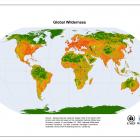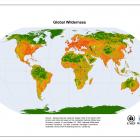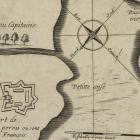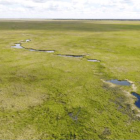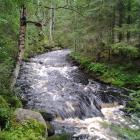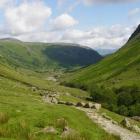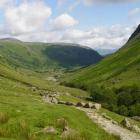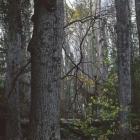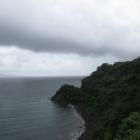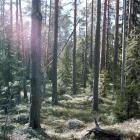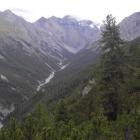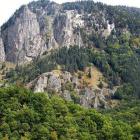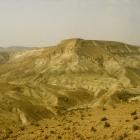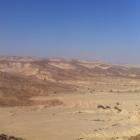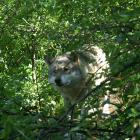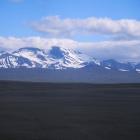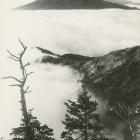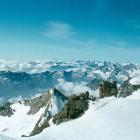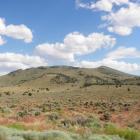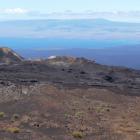Titoqanót Wétes—Nez Percé
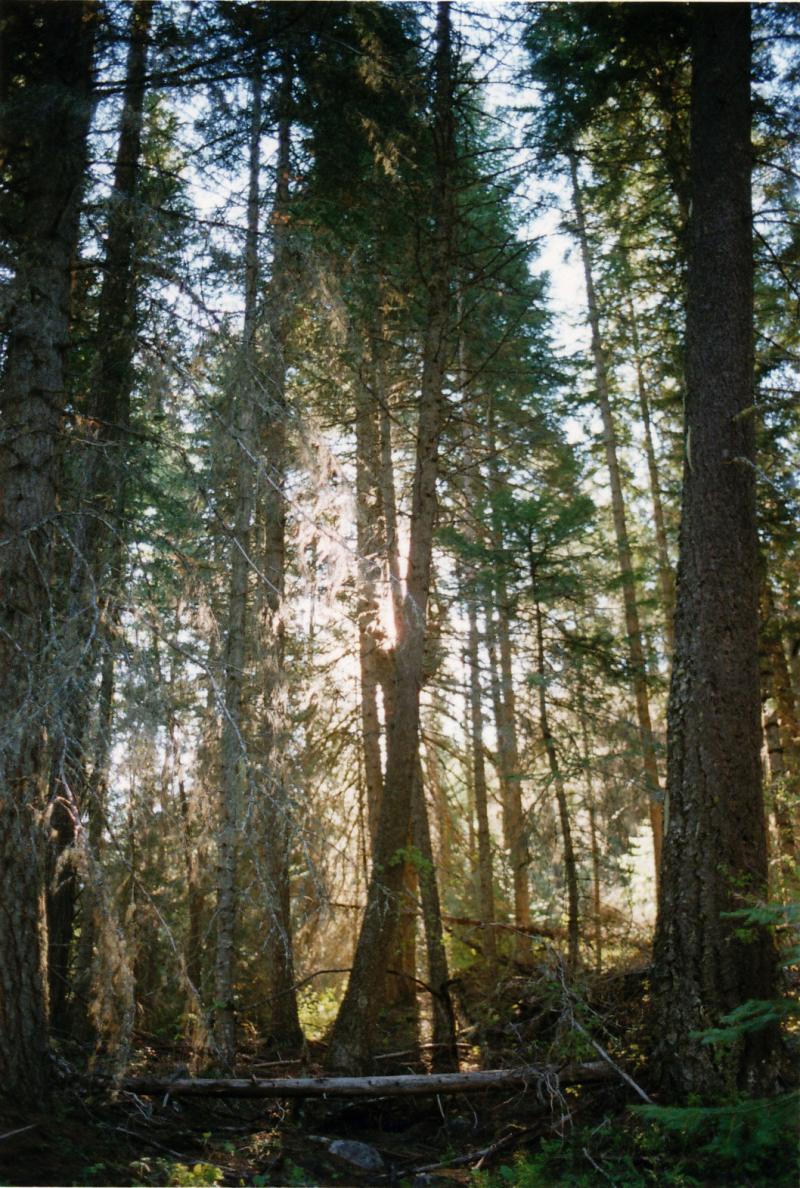
Sunrise at Eagle Cap Wilderness Area. Photograph by Doug Geisler, 2010.
Sunrise at Eagle Cap Wilderness Area. Photograph by Doug Geisler, 2010.
Accessed via Flickr. Click here to view image source.
 This work is licensed under a Creative Commons Attribution-NonCommercial 2.0 Generic License.
This work is licensed under a Creative Commons Attribution-NonCommercial 2.0 Generic License.
The Nez Percé, whose traditions tell how they were created from the land, honor and cherish their entire homeland and believe they are connected to its many ecosystems and terrains. Historically, with the coming of the first snow, the Nez Percé no longer visited the higher elevations of the Bitterroot Mountains in Idaho and Montana. The immense snowpack, lack of animals for hunting, and the unpredictability of the weather precluded any regular visits. The inaccessibility of these mountains for up to three seasons of the year contributes to the complexity of the Nez Percé relationship with the watersheds of the Selway and Lochsa Rivers. The Nez Percé consider it an important part of their homeland, which consists of approximately 27,000 square miles and three different ecological provinces. The Nez Percé idea of place includes all the land that they used and traveled through except the plains of the buffalo. The land was also a place to find their life’s path.
When Nez Percé children came of age, they went through a complex rite of passage. The wéyekin is the most important part of the Nez Percé coming-of-age ceremony. Throughout their youth, Nez Percé children participated in the stories and the rituals of everyday life. During hunting, gathering and fishing activities, their elders told stories which the children remembered. When a child was thought to be ready, s/he was sent away for approximately one week to receive his/her wéyekin. Children, the Nez Percé believed, learned independently to take the final step to maturity when deprived of food and human contact. As the linguist Harold Crook related in an interview with the author, one of the places for receiving their wéyekin was called titoqanót wétes, the “peopleless land” or “wilderness.” Without food but educated in the stories of the Nez Percé, the child could experience his or her wéyekin through sight or hearing. Their wéyekin might appear as a vision of a particular animal or as a powerful natural event. The absence of humans and any traces of their everyday activities were important parts of the wéyekin. The trips to the “peopleless land” gave each Nez Percé his/her individual identity.
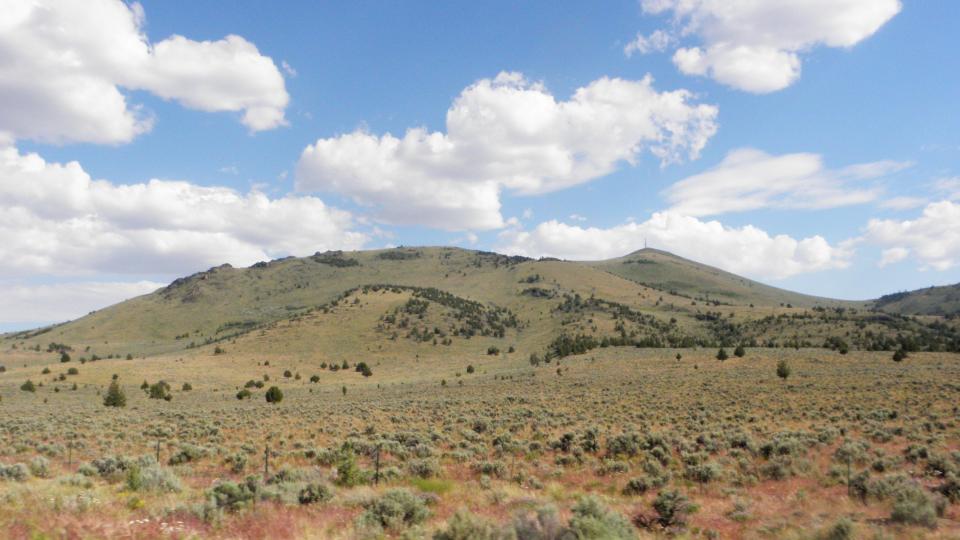
Landscape of Eastern Oregon. Photograph by Nick Perla, 2010.
Landscape of Eastern Oregon. Photograph by Nick Perla, 2010.
Accessed via Flickr. Click here to view image source.
 This work is licensed under a Creative Commons Attribution-NoDerivs 2.0 Generic License.
This work is licensed under a Creative Commons Attribution-NoDerivs 2.0 Generic License.
According to Nez Percé authorities, titoqanót wétes is a pre-contact word that has kept the same meaning throughout the years. In Haruo Aoki’s Nez Percé Dictionary, “desert” is also included in the meaning of the word. The Nez Percé of the Wallowa Valley may have used the desert for their wéyekin.
What does wilderness mean in your language? Browse “Wilderness Babel” via the map.
Live map showing the location of the languages featured in the virtual exhibition. What does wilderness mean in your language? Browse “Wilderness Babel” via the map.
- Ames, Kenneth M., and Alan G. Marshall. “Village, Demography and Subsistence Intensification on the Southern Columbia Plateau” North American Archaeologist 2, no. 1 (1981): 25–52.
- Aoki, Haruo. Nez Perce Dictionary. Berkeley: University of California Press, 1994.
- Davis, William B. The Recent Mammals of Idaho. Caldwell, ID: The Caxton Printers, Ltd., 1939.
- Gould, Alan Marshall. “Nez Perce Social Groups: An Ecological Interpretation.” Dissertation, Washington State University, 1977.
- Josephy, Alvin M., Jr. The Nez Perce Indians and The Opening of the Northwest. New York: Houghton, 1997.
- Schwede, Madge L. “An Ecological Study of Nez Perce Settlement Patterns.” Thesis. Washington State University, 1966.
- Walker, Deward E., Jr. A Survey of the Nez Perce Religion. New York: Board of National Missions (PCUSA) 1964.



